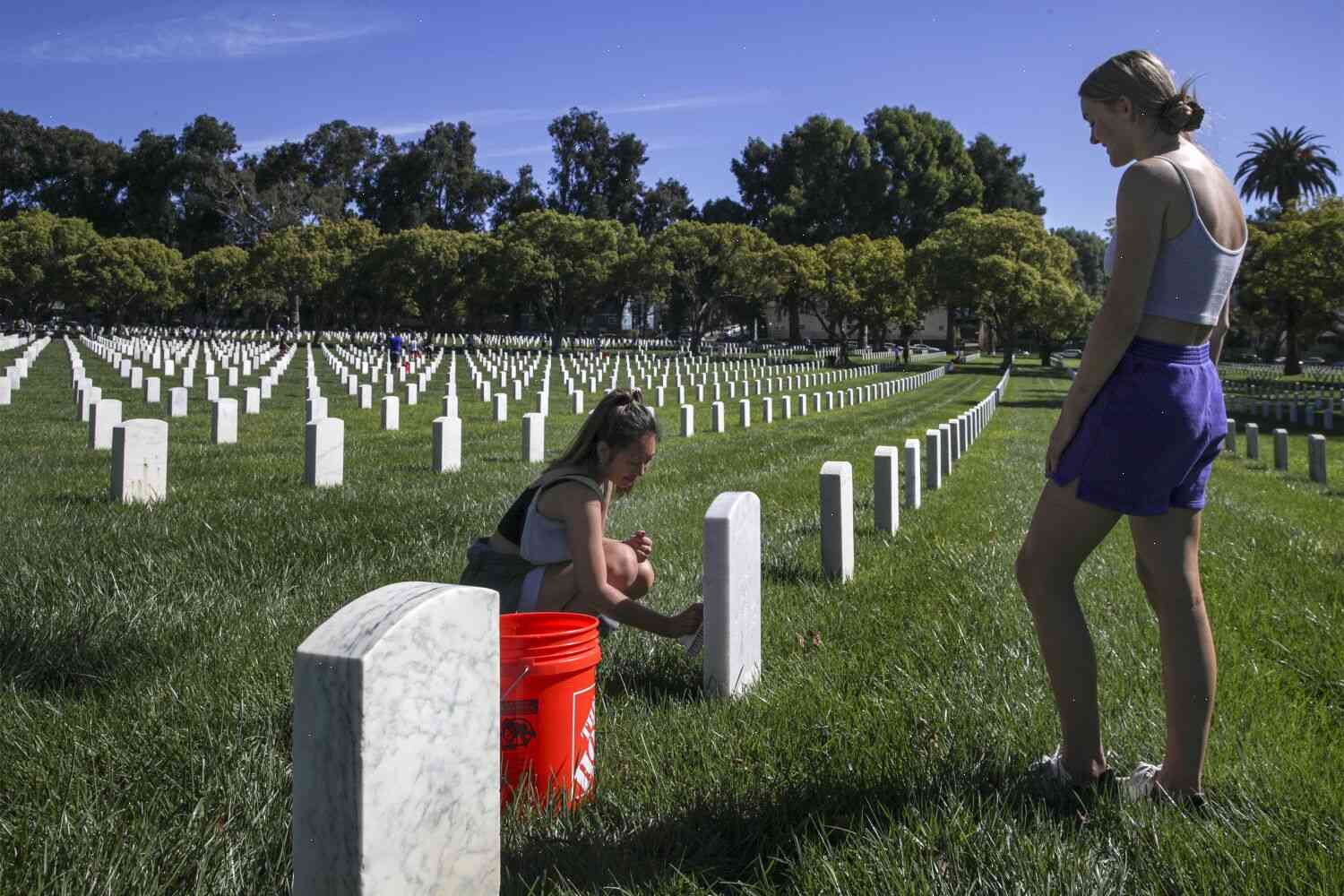Southern California braces for another September heat wave
Rancho Murieta fire burns in the San Gabriel Mountains on July 26.
SACRAMENTO, Calif. — Every year, this time of year, is a major test of how California’s firefighters and regulators do their jobs.
This year is no different.
On July 26, the hottest day on record in Los Angeles, two of California’s major fires simultaneously burned more than 3,000 homes. And just seven days later, the state fire marshal reported that more than 10,000 homes, apartments and other structures have been destroyed to date that have been deemed eligible for evacuation.
By the way, that day was the highest temperature ever recorded in Los Angeles: 98.6 degrees.
This is the kind of heat that can lead to a devastating fire — which is exactly what happened in San Diego County. On July 28, the city of San Diego reported a single structure had been fully engulfed by the massive fire raging in that region.
The fire itself was extinguished by 1 a.m., but it did not entirely destroy the area. Homes and other structures remain uninhabitable.
And just this month, the city of San Diego reported the most extreme heat wave in history with temperatures in the 90s.
The San Diego Fire Department says it’s prepared for a long-term heat wave, but for this month, they’ve already taken steps to help residents and businesses that are hard-hit.
“One of the first things that the Fire Department does is offer water,” said Fire Marshal Kevin Murray, on why it’s always the first responder to offer water. “With today’s extreme heat, our emergency operations department was able to ensure that all of the water is flowing into the water system.”
On Aug. 1, the department took advantage of the fact that the heat has finally diminished enough for firefighters to be able to get people out of buildings and into safe positions, such as high walls or garage doors to protect them against the next, more extreme temperatures.
This may seem easy enough, but getting people out of their homes is a big-picture question that







